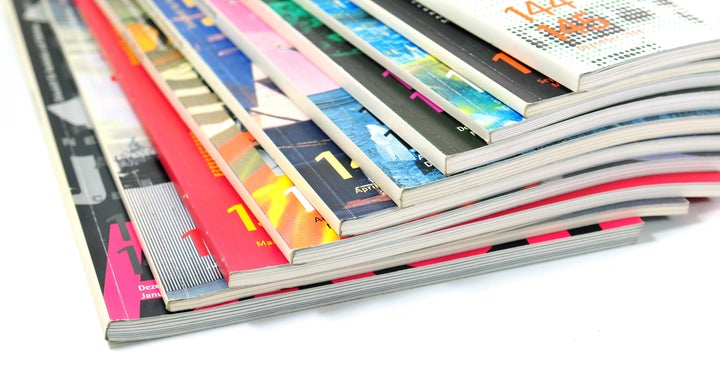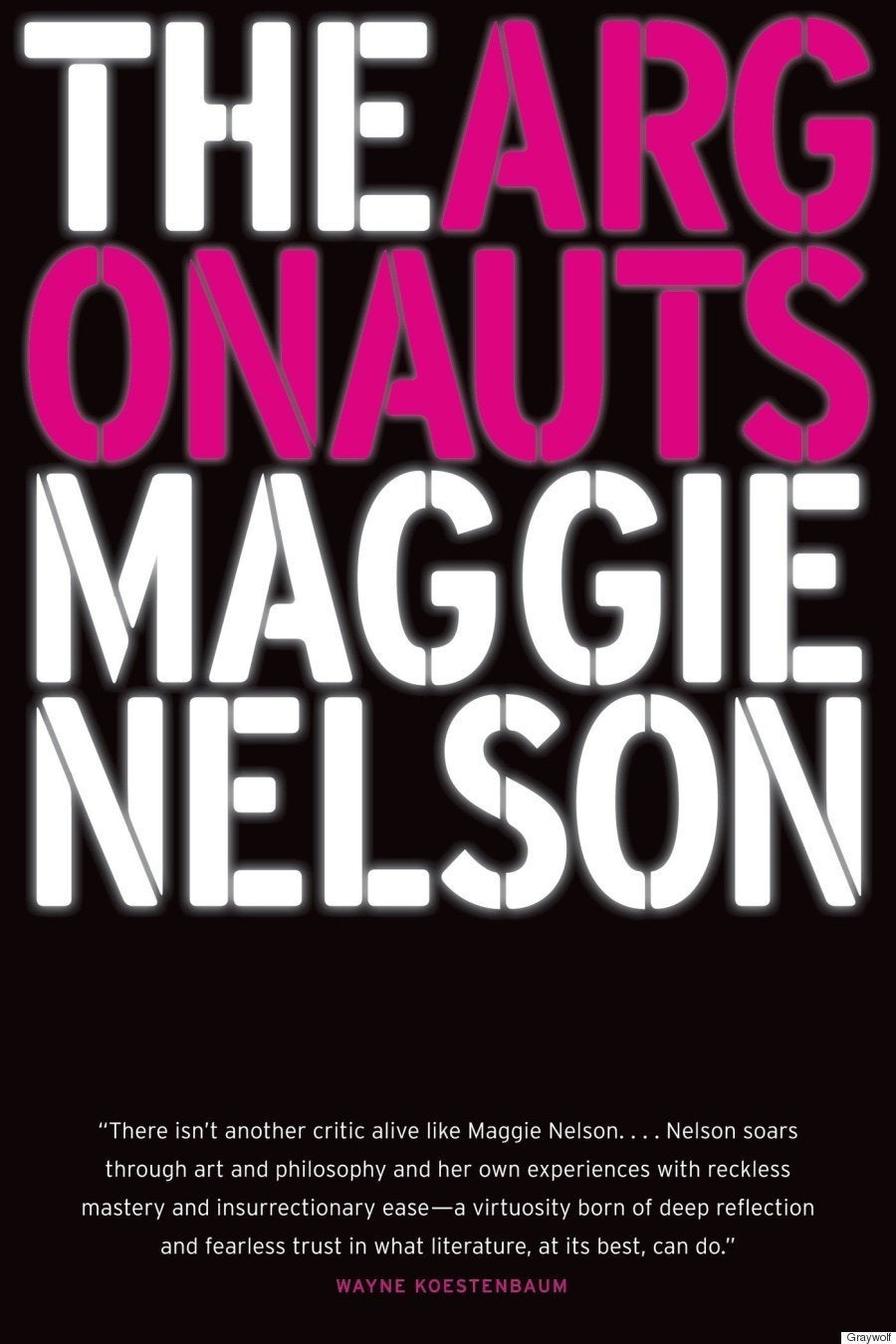
If you think it's tough in the literary world as a woman, try being a woman of color, an LGBTQ woman, or a woman with a disability or impairment.
The 2015 VIDA Count went public on Wednesday with some unsettling but important revelations about the state of literary media. Overviewing how many women, and more specifically of women of color, LGBTQ women, and women with disabilities garnered bylines and book reviews in mainstream outlets, the report's snapshot of the literary industry showed that women, and to a far greater degree women from marginalized groups, continue to be wildly underrepresented in most major literary publications.
While the original aim of the survey, launched in 2009, was to highlight the basic inequity faced by women writers in literary publications, this latest edition goes far beyond a simple binary breakdown of male and female bylines and authors reviewed or interviewed. The new VIDA Count, which used survey responses from writers from 15 organizations contacted by VIDA staff who self-identified their demographic information, expanded on last year's Women of Color Count, for a survey that looked gathered information not just on women writers' ethnic and racial identities, but their gender and sexual identities and whether they identify as having a disability.
In a post titled "The Year of Intersectional Thinking," VIDA chair Amy King introduced the organization's 2015 survey of equity and diversity as a deeper look at how women's voices are stifled in the industry:
VIDA has a history of advocating for women’s voices to be heard. An intersectional approach, such as looking at these demographic factors, is a natural development necessary to deepen the conversation. We want to take a closer look and identify what factors affect all women’s representation.
Unfortunately, one of the inevitable challenges of taking a more multifaceted look at women's representation, or lack thereof, lies in the less digestible results. The earliest VIDA counts were simple series of blue and red pie charts showing each publication's gender breakdown, a clear signal of each outlet's successes or shortcomings in achieving gender equity.
The latest VIDA survey bursts with charts and infographics and information; it's not a simple graph but a sea of complicated information. The real world, though, is complicated, and digging into the nitty-gritty of how women of different races, sexual identities, and classes experience lack of regard or exclusion from literary media is the only way to get a clear picture in the end.
And the picture that emerges from perusing this year's count, while sometimes encouraging -- The New Republic, for example, boasted 45 percent representation by women, and of 47 survey respondents, 36 percent were women of color and 20 percent identified as something other than straight/heterosexual -- were mostly striking in their bleakly white, straight, cisgendered male uniformity.
Take The New York Review of Books, a venerable bastion of the East Coast literary establishment. In 2015, VIDA tabulated only 187 women represented in its pages, including two genderqueer/genderfluid women. That's just 21 percent of the total 889 -- and that's of a population that makes up slightly over half the world's people. But cast an eye further down the page, and the picture looks bleaker still. After reaching out to those women, VIDA received responses from 44; of those, just four identified as women of color. That's less than 10 percent of the already abysmally small group of women represented.
These surveys are, of course, not unassailably scientific; response rates varied between publications and different groups of women might have had specific motivations for replying, or not replying, to such a survey. For example, after their initial Women of Color Count last year, VIDA reported that some women responded, when providing contact information for the survey, "that they were providing their email addresses but that they were not ‘a woman of color.’"
Though the numbers in this year's newly intersectional VIDA Count only provide a rough sketch of the challenges faced by women, and especially women of color, LGBTQ women, and other women in marginalized groups, it's one particularly striking and wide-ranging illustration of the many ways privilege and power alter the landscape of a single industry.
Here's to a more heartening intersectional VIDA Count from 2016, now that we all know VIDA is keeping close tabs on our hidden inequities.
Check out some of the most recognizable outlets' results (below), and the full report at VIDA's website.







